The days go Marching on now that we’ve made it through February. But I won’t let my feeble attempt at humor derail us from the intended purpose of this post for Postal History Sunday.
What is that purpose?
Who asked that? It sounded like it came from someone in the back. Perhaps you are new here and a quick introduction would be welcome!
Postal History Sunday is a weekly article/blog/writing-thingy that I (Rob Faux) produce every week for anyone to enjoy who might have interest. I enjoy researching and sharing things related to the topic of postal history. My intent is to write in a way that everyone, regardless of their previous knowledge of the topic, might find something to like here. I am hopeful that you can, at the very least, gain some appreciation for my enthusiasm. Even better, we could all learn something new.
Do you now a lot about postal history? Maybe you’ll pick up a new piece of knowledge or a different perspective.
Are you uncertain what postal history is? Well, don’t fret, there’s plenty here to entertain you as well.
Either way, if you like learning new things, this is a good place to be!
Advertising Becomes History
This week I wanted to revisit the topic of illustrated advertising covers (envelopes or wrappers that carried mail items) by showing this very colorful envelope that featured Rock Island Railroad in the 1950s. I find it both fascinating and amusing that I (and maybe you) make disgusted sounds as I walk our junk mail to the recycling bin. Yet here I am, viewing and researching a piece of paper that was clearly focused on advertising a product like it was a treasure.
I guess it’s true, we don’t always appreciate the here and now.
Instead, give me a pretty envelope that was mailed on a train seventy years ago!
The Rock Island Railroad ran through my hometown of Newton, Iowa, when I was growing up. And, like many kids at the time, I had some fascination with railroads and trains. My grandfather had a Lionel, O-gauge set of model trains in the basement that he took delight in showing off when we visited. I suspect he was quite pleased to have the excuse the grandkids gave him to spend a little time down there working with it.
I was even fortunate enough to have some of my own HO-gauge trains and I favored pieces that featured rail companies I saw in real life, like Milwaukee Road and the Rock Island Line.
This fancy envelope was actually placed in the mail on a Rock Island train, traveling from Chicago to Omaha. It’s eventual destination was Fairview, Pennsylvania. The sender opted to place the address and postage stamp on the flap-side of the envelope, which most of us would identify as the “back.” But I suspect they liked the design on the “front” so much they didn’t want to cover any of it up.
If you’re a train person, you probably understand.
This particular cover was clearly intended to advertise the Rock Island passenger trains that were serving the central part of the United States at the time. But, it specially highlights the route to southern California via the "Golden State" route or train.
The envelope itself was probably sent by or to a stamp collector and the postage stamp commemorated railroad train engineers (issued in 1950). It was one of many postage stamp designs issued used to pay the 3 cents internal letter mail rate.
I suspect that these envelopes (and maybe the stamps) were made available at the train station or on the train to promote use of the traveling post office (TPO) and Rock Island’s passenger services. But I do not think the envelope was intended to be used in the mail.
This time I am going to keep you in some suspense!
Some of you might be asking HOW I knew this envelope was mailed on a train that was on its way to Omaha. Well, the trick is knowing how to read the postal cancelation that was placed on the envelope when the clerk processed this letter on the train.
The envelope was mailed on May 5, 1954 (an enhanced image helps us see it a bit better) and the postmark reads “CHI. W. LIB. & OM. E. D. TR 9 May 5 1954 R.P.O." If you are not used to reading postmarks and deciphering them, it probably feels like someone is speaking/writing in gibberish. At least the date makes some sense!
Happily, I’m not feeling like keeping you all in suspense today. The abbreviations on the marking stand for Chicago, West Liberty and Omaha, Eastern Division, which would be the name of the Railway Postal Office (R.P.O.) where the letter was mailed.
And, just to do this thing right... the RMS in the football shaped cancellation stands for Railway Mail Service. And now you know.
The Rock Island passenger trains typically had a car dedicated to carry the mail. These mail cars were staffed by clerks who could (and would) process mail on board. It is possible a passenger on "Train 9" saw the envelope and decided to send a quick note to a friend or acquaintance.
“Dear Joe, I am on a train. Hope you are doing well….”
Sadly, there are no contents, so I'll likely never know the original motivation for sending this item to Joe Keefe. But, clearly Joe (or someone in his household) liked the envelope well enough to hold on to it. Maybe Joe had an O-gauge train layout in HIS basement?
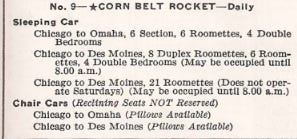
The Corn Belt Rocket
Rock Island’s Train 9 (westbound) and Train 10 (eastbound) were known as the "Corn Belt Rocket" and traveled between Omaha and Chicago (if you like reading a map from left to right). Since this envelope is postmarked for Train 9, we know it was given to the clerk in the mailcar by someone heading west on the Corn Belt Rocket.
The Corn Belt Rocket was one of the twenty Rockets advertised on the front… or back… of this cover. Front, back, whatever. There are twenty locomotives there. Feel free to count. I’ll wait here for those of you who now feel compelled to do just that!
While I was not able to find a schedule for 1954, I did find this one on the Streamliner Memories site. Train 9 on the Corn Belt Rocket was an overnight express for passengers, hence the emphasis on reclining seats and the availability of pillows. A Chicago departure at 10 PM would get you to Omaha at 8:15 the next morning. And, as a side note, the train would likely pass through my home town at about 4:30 AM, but it was not scheduled to stop there. It did, however, make a stop at Newton at 2:42 PM on the return trip from Omaha.
If you take a few moments to peruse the schedule, you’ll notice that the Corn Belt Rocket was not the only train scheduled to follow this route. Trains 1, 2, 505 and 506 ran between Des Moines and Chicago and another pair ran between Rock Island and Chicago.

The return trip on Train 10 left just before mid-day from Omaha, so most existing photos of the Corn Belt Rocket would be east-bound, like the 1967 photo shown above. By the 1960s, passenger services offered by the Rock Island Railroad and other railroads were in steep decline. Travel by auto and airplane had become more attractive. Automobiles provided more flexibility in timing and routing while air travel was swifter.
The US Post Office was also moving away from Railway Post Offices in the 1960s. After decades of relying on clerks in railcars to perform mail sorting services, increasing mail volumes encouraged the development of new sorting technologies. This equipment was not portable and could be found in the larger, stationary post office.
As a side note, the addition of the Zip code was largely due to this new, mechanized method of sorting the mail.
Speaking of Zip codes, some folks might remember Mr. Zip - but for those who do not, here is a quick summary of who Mr. Zip was. You can even listen to Ethel Merman sing the Zip code song (scroll to the bottom of that page). Or maybe you prefer this version with the Swingin' Six?
An excellent two-part article titled the Rise and Decline of the Rock Island Passenger Train in 20th Century by Paul C Nelson was published in the Annals of Iowa (1971). This article provides an in-depth look at the process that took an inefficient passenger service and turned it into a successful enterprise - at least for a little while.
Part II of this article can be viewed here, you will need to search and find the download link for Part I if you would like to read more.
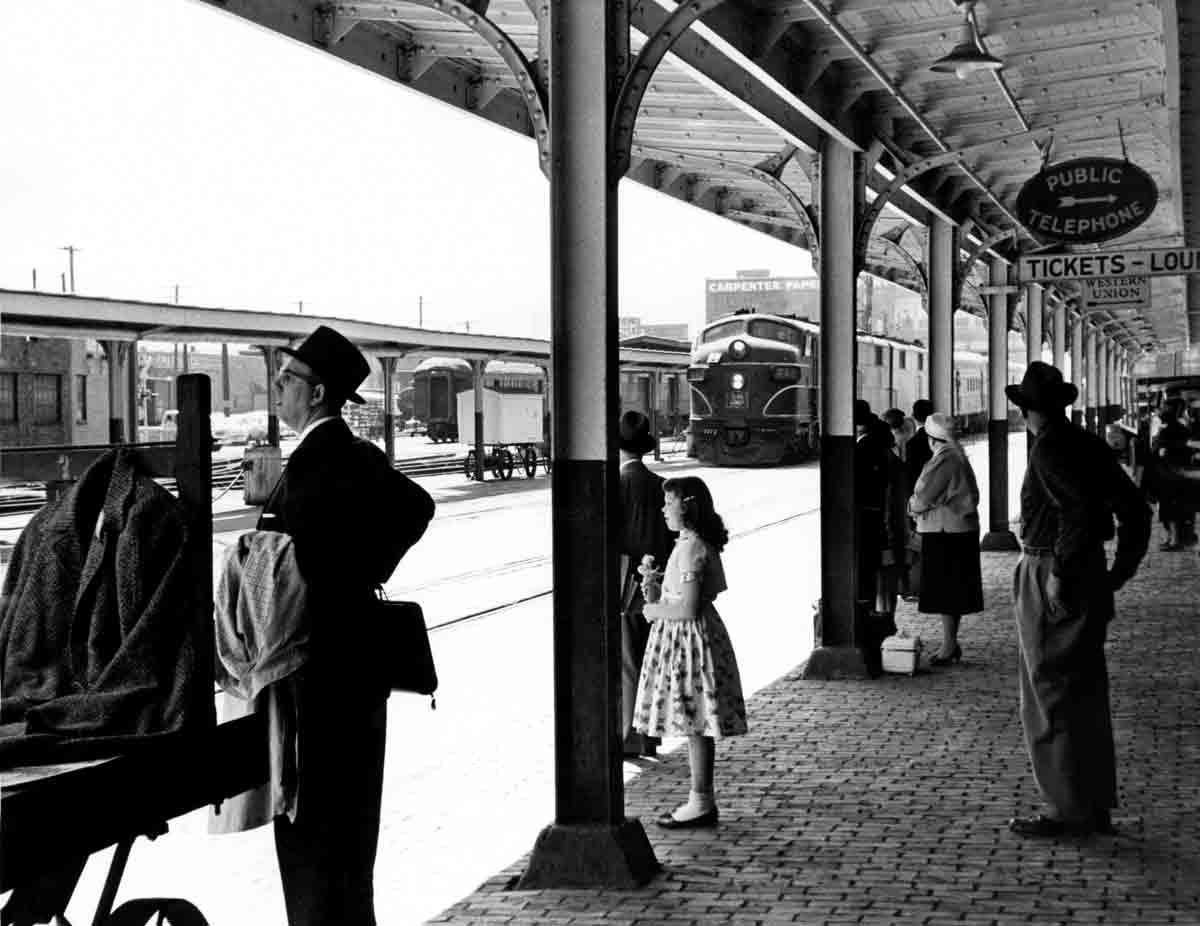
According to Nelson, the last of the steam engines providing passenger-service for the Rock Island Railroad had been retired by 1954. Replacing them were the shiny new diesel-powered engines with their streamlined profile. Rock Island actively promoted their new engines and enhanced services, using the "Rocket" motif effectively.
Rock Island, with its fleet of Rockets, maintained its passenger service longer than its competitors in the state, attempting to cut costs by removing more expensive services, such as dining cars.
What was in that Letter?
When I first started working with this envelope I made the assumption that it was sealed and it would not open easily. I took a second look and found that the flap opened easily and it clearly never had adhesive to seal the flap down.
Once I opened the enveloped I recognized that this was originally a ticket envelope. Perhaps a passenger was able to pick up an extra unused ticket envelope so they could use it to mail a letter to a friend. Or, more likely, a creative individual saw an opportunity to make an interesting souvenir.
Perhaps this cover doesn’t have much going for it along the lines of pure postal history. But the kid in me still likes the Rock Island trains.
Trains and the Mail
The development of rail service and the expansion of the use of postal mail services are strongly linked in many parts of the world. The first official carriage mail via train is acknowledged to have been in the the United Kingdom (November 1830) as was the first processing of mail on board a train (1838).
In the United States, the first official mail contract for a railroad to carry the mail was in 1834. The Railway Mail Service officially started in 1869 after a couple of experimental services in 1862 and 1864 (this last was run between Chicago and Clinton, Iowa). Dedicated mail cars would be attached to trains that would run specific routes, picking up mail, sorting mail, and dropping it off along the way.
A good online summary can be found on the Trains website here or this Smithsonian online exhibit. The Smithsonian site includes some oral history with recordings of some of those who worked in these mail cars for the RMS. If you want to dig deeper, I recommend Hugh Feldman's work on the subject of early mail contracts with railways.
Hobbyists who enjoy the history of the railroads, model railroading, stamps, and postal history tend to be among the most willing to dig into details and share their findings with others. As a result, a person can get started in collecting postal history that features Railway Post Office (RPO) markings and find a fair amount of resources. A good summary of that collecting area can be found here, at the TPO and Seapost Society website.
In France, rail development can actually be tracked, to a certain extent, by simply taking a look at the markings on letters sent in the mail. Railway postmarks often featured two locations (the two terminal points of the route).
The letter shown above has a railway postmark with Nantes and Paris as the terminal points, along with the date (March 5, 1859) and a designation for the railway crew or train (E).
The obliterating postmark is a diamond-shaped grid of dots. It was applied to deface the postage stamp so it could not be reused, but even it has the letters "NP" - for Nantes-Paris.
The ordering of the names mattered, because it told everyone which direction the train was heading (from Nantes towards Paris). If it were going the other way, it would read Paris A Nantes and the cancellation would read "PN."
Some countries, such as Switzerland, would include the word "Ambulant" to indicate that the letter had been processed in a mobile post office (see the top right marking on the 1867 letter above). It was possible that more than one railway post office could put a marking on any given letter. Each time a letter was re-sorted on a new train it became a candidate for a new transit postmark.
Think of it this way. The train picks up mail in Zurich, Switzerland - in the middle of the country. The clerks on the train might sort letters to France and Italy into different bins or bags. The letters to France and Italy would likely get put onto different trains in Basel where they might get sorted based on regions in their respective country. And this might be repeated yet again as the letters were transfered to another train.
It all depended on the processes adopted by each country's postal service.
The back of this envelope mailed in 1869 in Belgium for Switzerland shows multiple progress points. The marking at the right is a Belgian railway marking that reads "Suisse MIDI II." This refers to the MIDI station in Brussels where mail was sorted into bags by country (or perhaps it was sorted on the train leaving MIDI station, I do not know this answer).
The letter must have gone from Belgium to France where it traveled to Pontarlier, which sits near the border of Switzerland. The middle marking reads "Pontarlier - n - Berne" which would be another traveling or railway post office marking. Finally, the letter was received at the Bern post office to be delivered to the recipient.
There are people who specialize in finding postmarks for as many railway post offices as they are able to. Some will focus on a geographic region and will only consider a specific time period for that region. Others are generalists who love to find everything and anything related to railway post offices. But I like these markings because they give me more clues to figure out how any given item got from point A to point B.
Not bad. Except for that odd little Zip code business, I think I stayed on track!
Thank you again for joining me for Postal History Sunday. Have a great remainder of your day and a fine week to come.
Postal History Sunday is featured weekly on this Substack publication. If you take this link, you can view every edition of Postal History Sunday, starting with the most recent publication. If you think you might enjoy my writing on other topics, I can also be found at the Genuine Faux Farm substack. And, some publications may also be found under my profile at Medium, if you have interest.





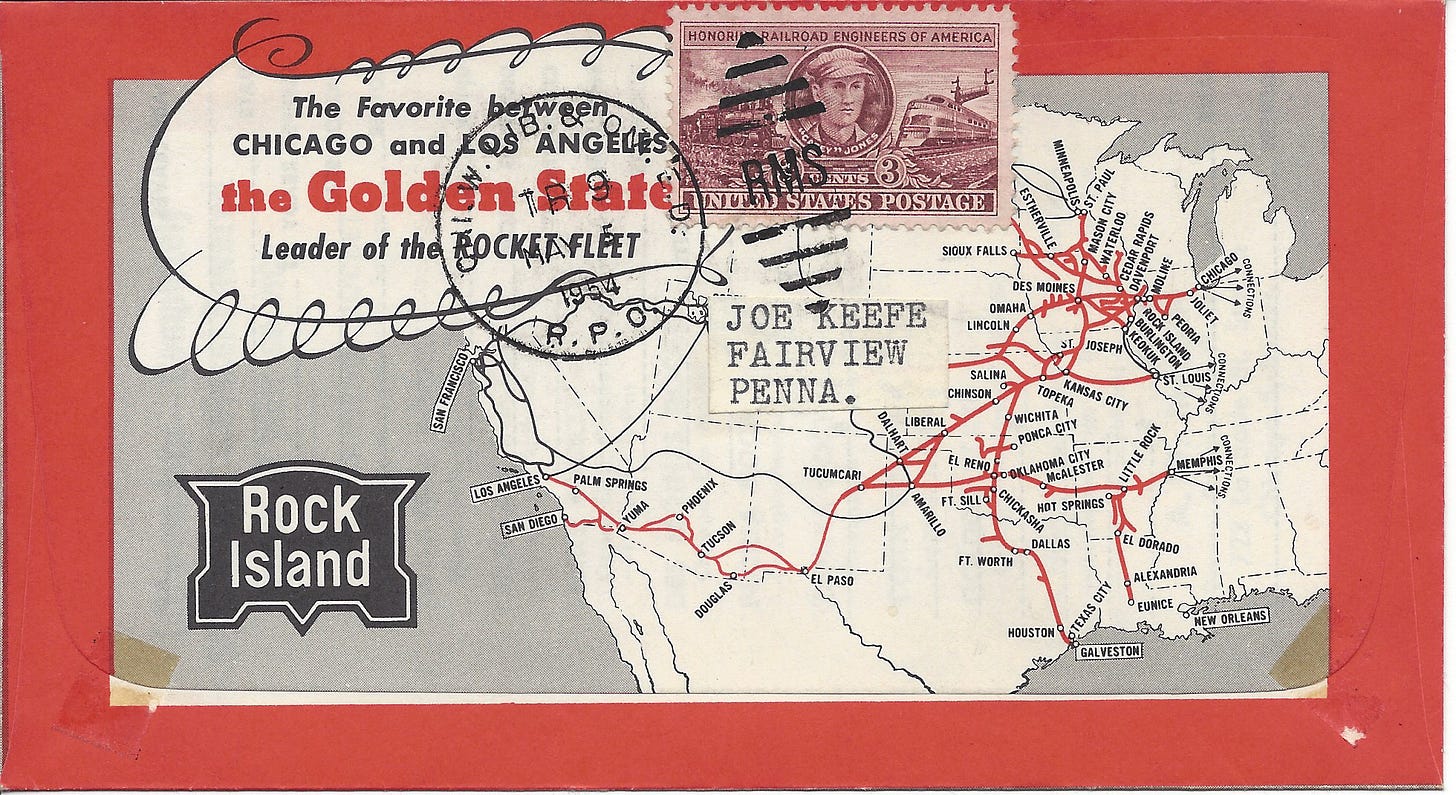
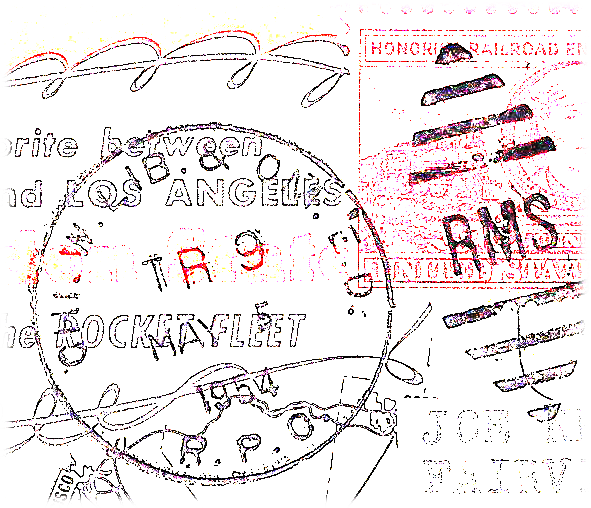

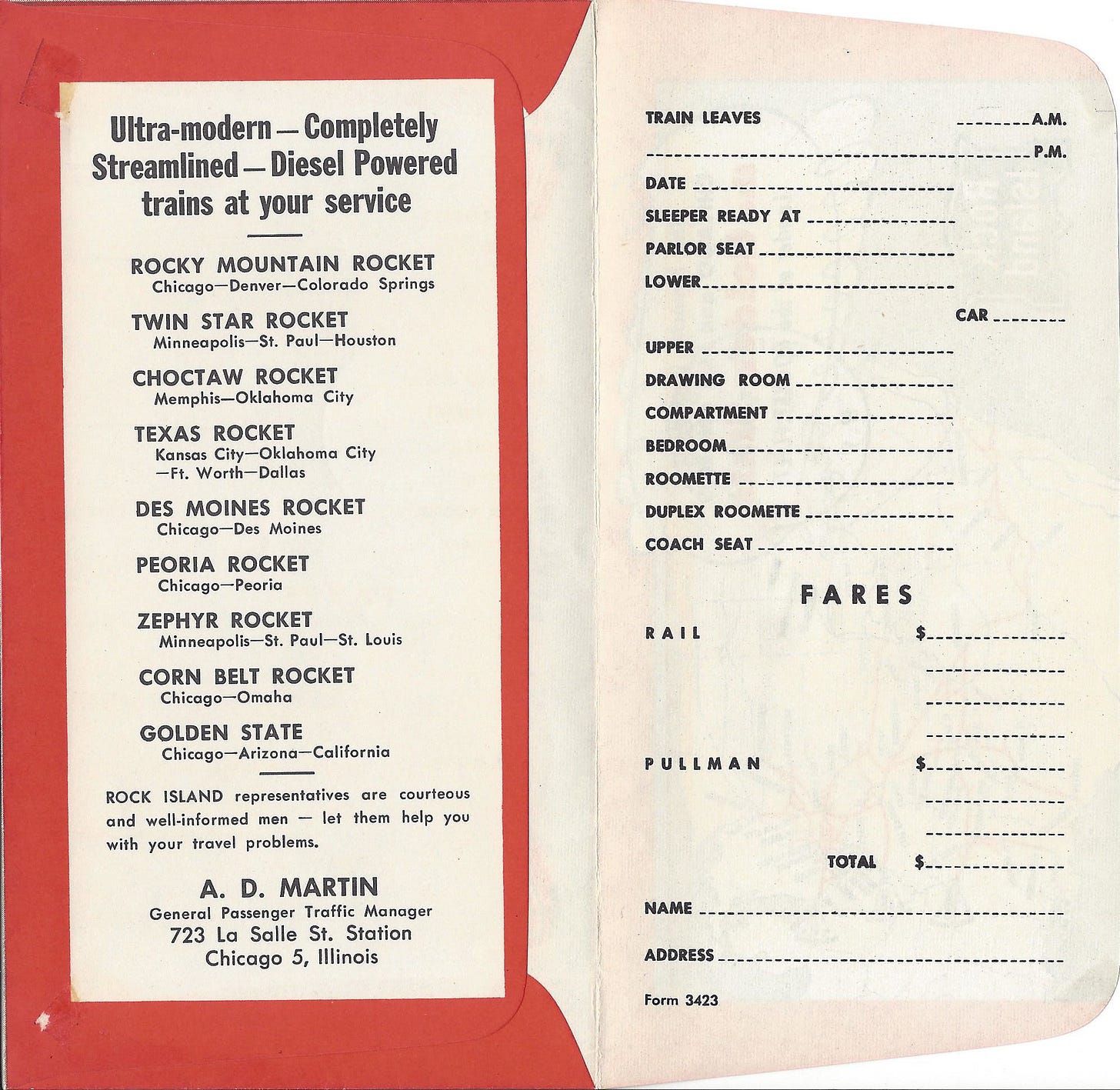
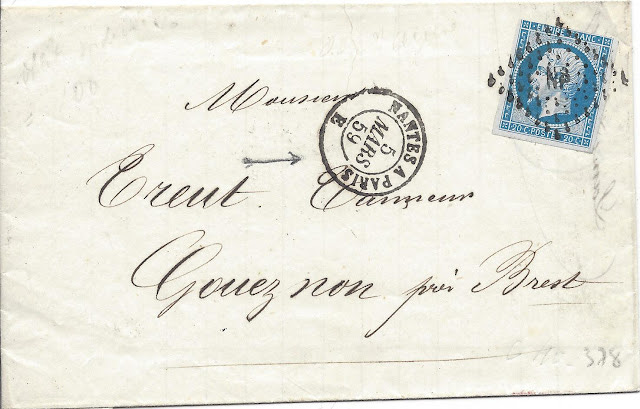

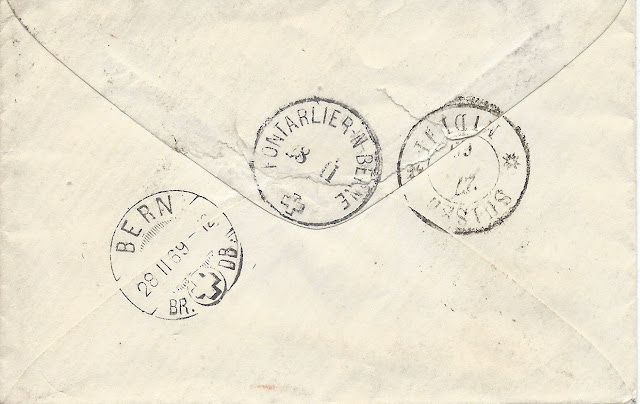
Thanks for your invariably enjoyable articles, Rob. While you enjoy kudos, I need to put in a plug for The Mobile Post Office Society (of which I happen to be President.) The Society is a 501c(3) nonprofit organization that has published the catalogs and reference works for RPO, Route Agent, Railroad and Highway Post Office postmarks as well as much other material related to enroute distribution of mail in the USA. The MPOS web page is at https://tinyurl.com/mobileposociety.
Love these Rob.. I eagerly await Sunday! Thx